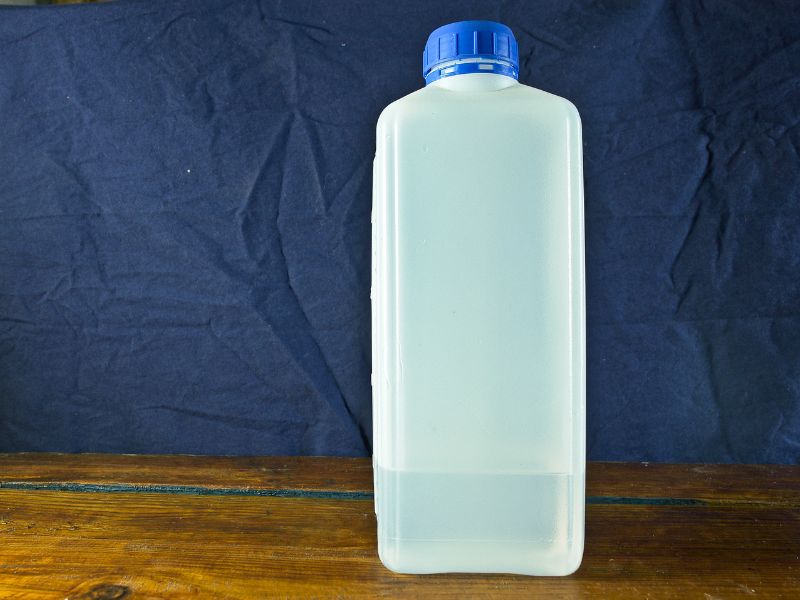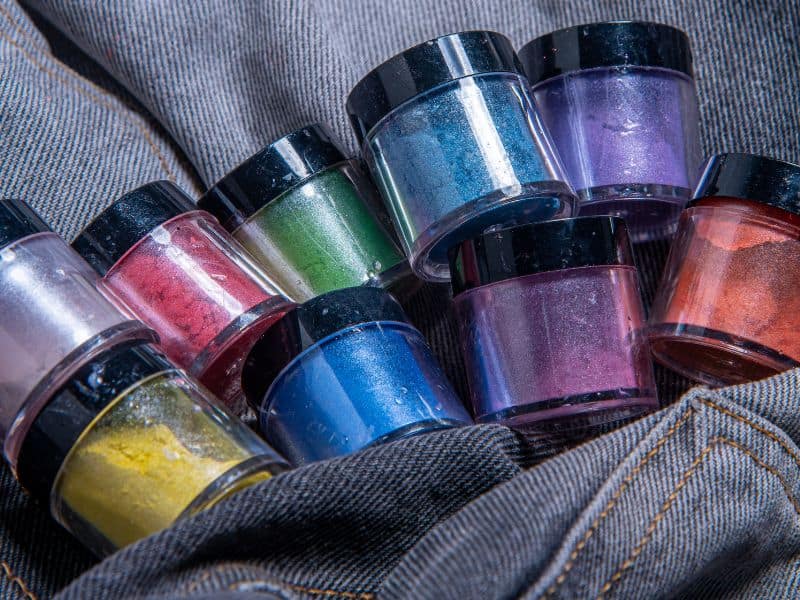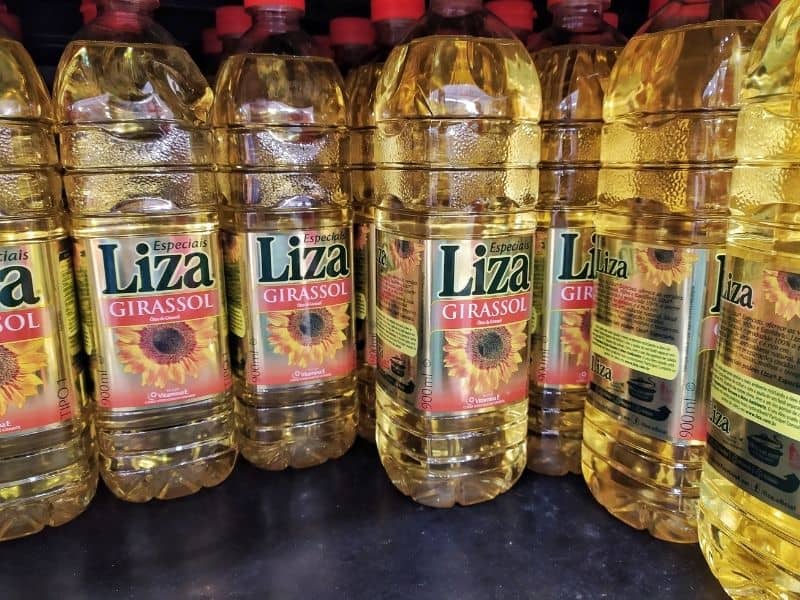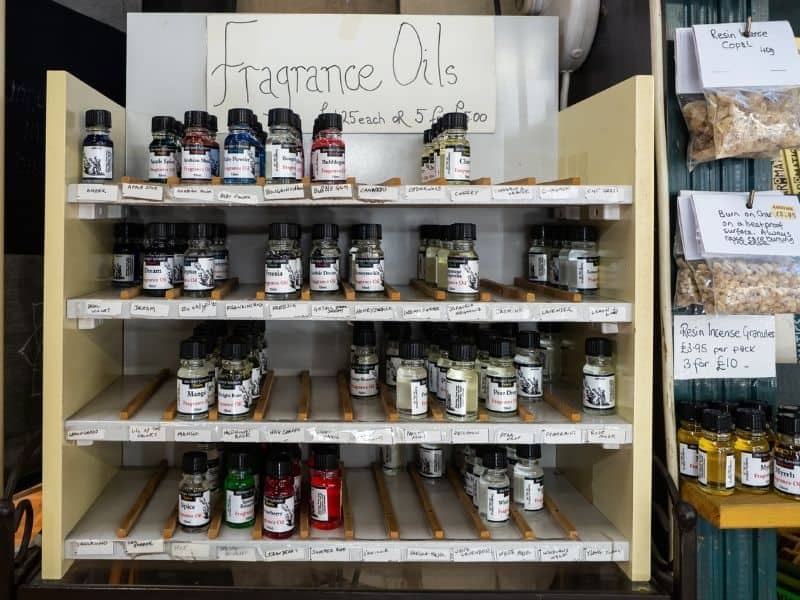Vegetable glycerin is a natural substance that is commonly used in a variety of products, including cosmetics, soaps, and food. It’s a popular ingredient due to its moisturizing properties and ability to help retain moisture. In this blog post, we will explore the question of whether vegetable glycerin goes bad and how to tell if it has.
Yes, vegetable glycerin can go bad over time due to factors such as exposure to air, light, and heat. Signs that vegetable glycerin has gone bad include discoloration, a sour or rancid smell, and a change in texture. Proper storage can help extend the shelf life of vegetable glycerin.
It is best kept in a cool, dark place away from direct sunlight and stored in an airtight container. Additionally, it should not be exposed to extreme temperatures as this can cause it to degrade.
It is important to check the expiration date on vegetable glycerin products before use and discard any that have expired. If you are unsure of the expiration date, it is best to discard it as a precaution. Let’s take a closer look at this issue.
Vegetable Glycerin Explained
What is vegetable glycerin
Vegetable glycerin is an odorless, viscous, and clear liquid that is made from vegetable oils such as soybean, coconut, or palm. It’s a natural substance that is used in a variety of products.
Common uses of vegetable glycerin
Vegetable glycerin has many uses in different industries, from cosmetics and personal care to food and pharmaceuticals. It’s a popular ingredient due to its moisturizing properties and ability to help retain moisture.
In cosmetics and personal care products, it’s often used as a humectant to draw moisture to the skin and keep it hydrated. It’s also used in soaps, shampoos, and other personal care products as a thickening agent.
Can vegetable glycerin go bad?
Yes, vegetable glycerin can spoil over time. There are several factors that influence the shelf life of vegetable glycerin, such as exposure to air, light, and heat.
Factors that influence the shelf life of vegetable glycerin
When vegetable glycerin is exposed to air, it can oxidize and break down, causing it to spoil more quickly. Exposure to light can also cause degradation of the glycerin, which can change its color, texture, and odor.
Finally, exposure to heat can cause the glycerin to become rancid, affecting its quality and usefulness.
Signs that vegetable glycerin has gone bad
So, how can you tell if your vegetable glycerin has gone bad? Some common signs include discoloration, a sour or rancid smell, and a change in texture.
If your vegetable glycerin has become darker or cloudier than usual, has a funky smell, or has become thick or lumpy, it’s likely that it has gone bad.
What is the Shelf Life of Vegetable Glycerin?
High-quality vegetable glycerin that is stored in a cool, dry place away from light can last up to two years or more.
However, exposure to air and light can cause vegetable glycerin to oxidize and break down more quickly, reducing its shelf life. It’s also important to check the expiration date on the bottle of vegetable glycerin, as some manufacturers may recommend a shorter shelf life.
To extend the shelf life of vegetable glycerin, it’s important to store it properly in an airtight container away from direct sunlight and heat sources.
How to properly store vegetable glycerin
Ensure that your vegetable glycerin stays fresh for as long as possible by storing it properly. Keep it in a cool, dry place away from direct sunlight and heat sources. Avoid exposing it to air as much as possible by using an airtight container.
By taking these simple steps, you can help extend the shelf life of your vegetable glycerin and get the most out of this versatile substance.
Best practices for extending the shelf life of vegetable glycerin
To ensure that your vegetable glycerin stays fresh and usable for as long as possible, here are some best practices for storing it:
- Store it in a cool, dry place: Exposure to heat can cause vegetable glycerin to spoil more quickly, so it’s best to keep it in a cool, dry place away from direct sunlight and heat sources.
- Use an airtight container: As we mentioned earlier, exposure to air can cause vegetable glycerin to oxidize and break down, so it’s important to store it in an airtight container to prevent air from getting in.
- Keep it away from light: Exposure to light can cause degradation of vegetable glycerin, so it’s best to store it in a dark or opaque container to protect it from light.
- Check the expiration date: Make sure to check the expiration date on your vegetable glycerin and use it before it expires.
- Use a clean spoon or dropper: When using vegetable glycerin, make sure to use a clean spoon or dropper to prevent contamination.
By following these simple tips, you can help extend the shelf life of your vegetable glycerin and ensure that it stays fresh and usable for as long as possible.
How to use vegetable glycerin that has gone bad
You have a few options when your vegetable glycerin has gone bad. You can either throw it away or use it for a lubricant or cleaner. Let’s take a close look at those options.
When to discard vegetable glycerin
If your vegetable glycerin has gone bad and is no longer suitable for its original intended use, it’s important to discard it properly. Do not attempt to use expired vegetable glycerin in any personal care or food products, as it can cause irritation or illness.
Alternative uses for expired vegetable glycerin
However, there are alternative uses for expired vegetable glycerin. For example, it can be used as a lubricant or a cleaner for household items. It can also be used as a natural weed killer or to help prevent soil from drying out in potted plants.
To use vegetable glycerin for these alternative purposes, simply mix it with water or other household ingredients according to the instructions. Keep in mind that expired vegetable glycerin may not be as effective as fresh glycerin, so it’s best to use it for non-critical tasks.
Frequently Asked Questions
Vegetable glycerin is quite affordable and can be purchased for as little as $6-$10 per bottle.
Vegetable glycerin is quite affordable and can be purchased for as little as $6-$10 per bottle.
The best place to buy vegetable glycerin is from a reputable online retailer or health food store. Many grocery stores also carry it in the baking aisle. Make sure to check the ingredient label to ensure that it is pure vegetable glycerin and not a blend of other ingredients.
Yes, vegetable glycerin is generally considered to be safe when used as directed. However, it’s important to always read the label and follow the instructions to ensure safe use. Additionally, it’s best to avoid using expired vegetable glycerin as it can cause irritation or illness.
Conclusion
In conclusion, vegetable glycerin can go bad over time due to a variety of factors. By understanding the signs of vegetable glycerin spoilage and best practices for storage, you can ensure that your vegetable glycerin lasts as long as possible.
If your vegetable glycerin has gone bad, it’s important to discard it and not use it in products or food. However, there are alternative uses for expired vegetable glycerin, such as in DIY cleaning solutions or as plant food.






